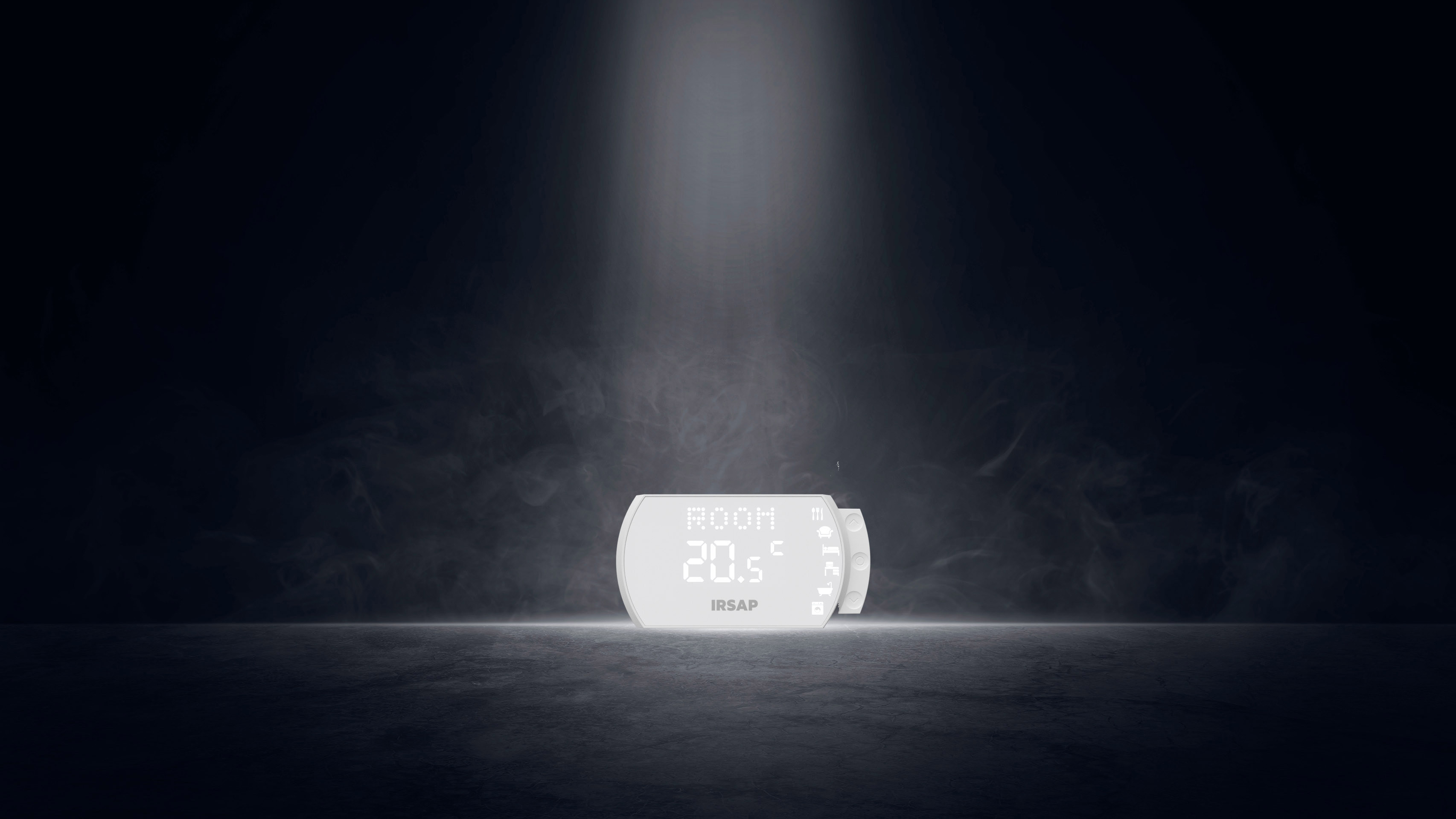
The history of the thermostat: from the early models to the smart revolution
A thermostat is an extremely important part of a traditional home heating system.
This device regulates the use of the system itself and as a result, its consumption.
A technologically advanced thermostat can lead to notable savings in terms of energy and therefore, prevent higher bills for the consumer.
Let's take a look at how a thermostat works together with the main types that are available.
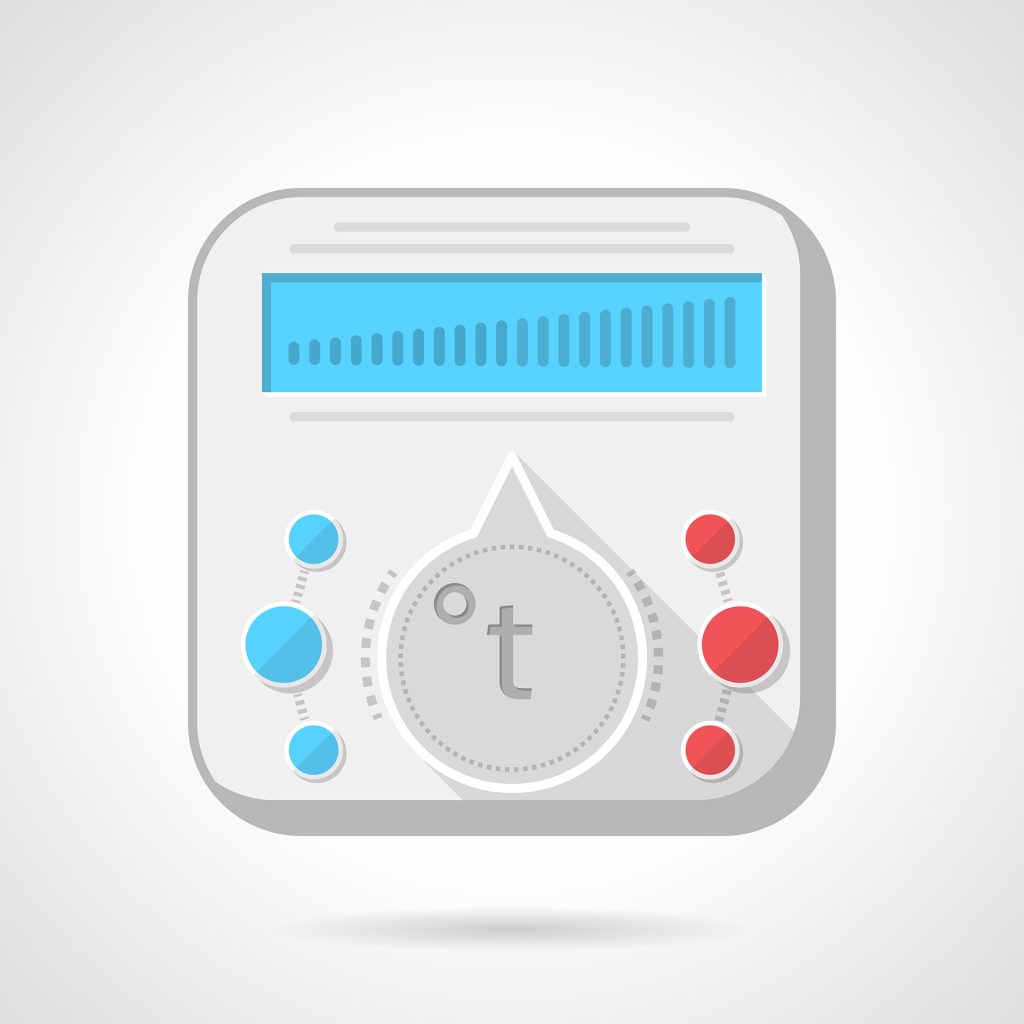
What is a thermostat and how does it work?
A boiler thermostat is a device that allows home heating to be regulated, controlling the boiler switch on and off times.
A thermostat is able to detect the heat generated by the system and to stop heat production once the required temperature has been reached.
Therefore, it serves to keep the required temperature constant inside one or more areas of the home.
An important factor is that today’s thermostats are either mechanical or digital.
Both have the same function.
Naturally, digital thermostats are decidedly more precise in detecting room temperature and they also carry out different additional functions.
Some thermostats are programmable, which means it is possible to decide whether or not heating comes on at set times.
The most advanced models are self-programming, based on the behaviour of people in the home, as well as providing other useful information on air quality in the different areas of the home.
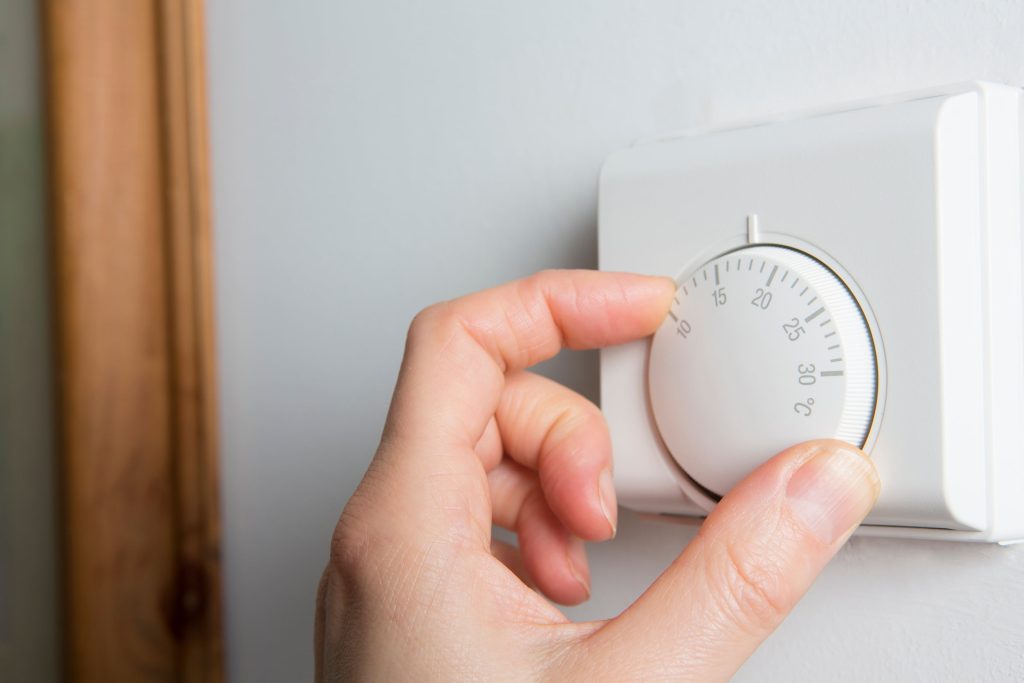
History and evolution of the thermostat: from traditional to smart models
The word “thermostat” comes from two words with Greek origin: thermo (heat) and statos (standing or remaining the same).
The definition immediately suggests its function, or rather, to maintain stable heat in a room by controlling the operation of a boiler.
The first thermostat was invented by Scottish chemist, Andrew Ure, in 1830.
The earliest models were mechanical and have gradually evolved into the latest models, which are extremely technological.
With a mechanical thermostat it is possible to set the required temperature manually, regulating it with a dial.
If the thermostat detects a temperature below the required setting, it will start the boiler, which will work to produce heat until the chosen temperature has been reached, when it will switch off the boiler.
Technically, mechanical thermostats use the physical principle of thermal expansion.
They contain special materials that expand or shrink according to how much they are heated.
By shrinking, they come into contact with an electrical circuit that controls the heating system.
This is the mechanism that enables the boiler according to room temperature.
There are different types of mechanical thermostat.
The thermal switch thermostat makes the best use of the principle of heat expansion. When the bimetallic foils are cold, the circuit closes and the boiler receives the electrical signal to start operating.
When the switch is heated, the bimetallic foils expand, leaving the circuit and breaking the electrical transmission to the system, causing it to switch off.
There are also expansion thermostats (gas or liquids), with two metal discs joint with a bellows filled with gas or liquid.
They expand or shrink as the temperature changes: in this latter case, they free the discs from a power-off breaker causing the boiler to switch on.
Conversely, when the gas heats up, the bellows expand, pushing the discs towards the power-off breaker of the system.
This is a type of thermostat that reacts very quickly to changes in temperature.
Wax thermostats are also still in use.
These thermostats contain a small wax plug in a sealed chamber.
As the temperature increases, the wax melts, passing to a liquid state.
As the volume changes, this moves a needle that activates the heating system.
Technology evolutions have recently led to the development and circulation of digital thermostats, electrically connected to the heating system.
The thermostat can also be set to tenths of a degree, with excellent precision in terms of response.
Digital thermostats mean that the temperature can be programmed, making it possible to achieve a specific value at set times, and leaving the system idle at others.
This type of thermostat also allows heating to be used only in certain areas of the house.
The subsequent evolution of the thermostat has taken it from digital to “smart”, meaning it is able to interpret the behaviour of the people who live in the house and to adjust the use of heating as a result.
The most modern models have even more evolved built-in functions: they are able to communicate with the rest of the heating system over the internet, controlling the operation of the boiler as well as that of the individual radiators where connected smart thermovalves have been installed.
Wireless technology also allows the thermostat and the smartphones of those who live in the house to be connected.
With this technology, the thermostat also provides useful information, such as data on heating operation, tips on improving air quality and, via geolocation, it can also control when and if people are at home and adjust the heating as a result.
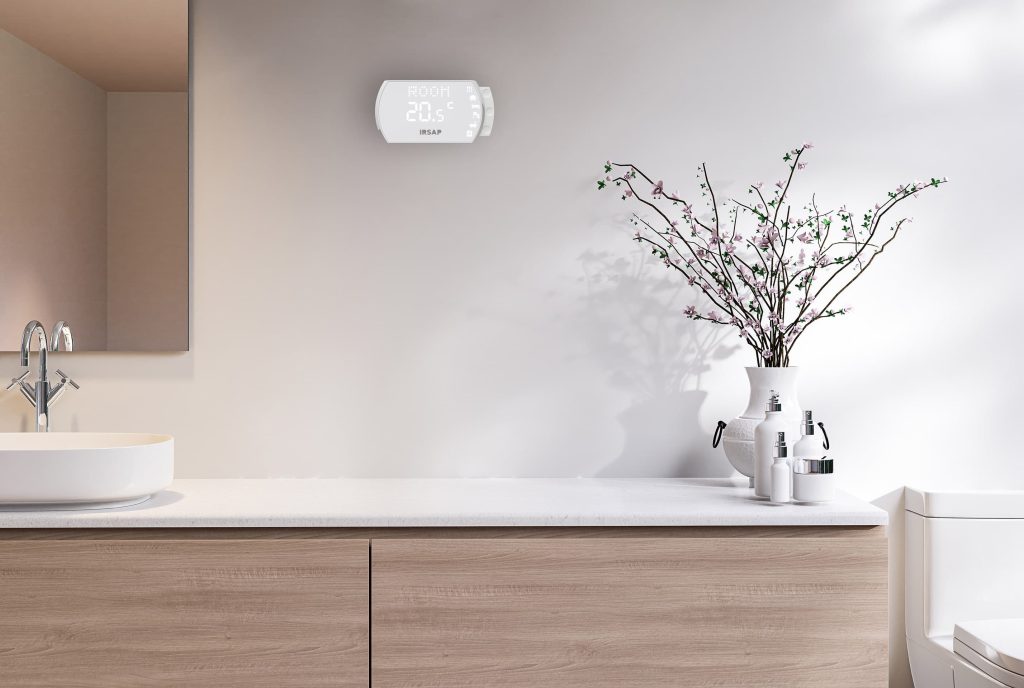
The smart thermostat by IRSAP NOW
The true smart thermostat is by IRSAP NOW.
The result of decades of research and experience in the field, this device allows total remote control of the heating system.
IRSAP NOW’s smart thermostat not only guarantees temperature control, it also provides data that notably increases living comfort and at the same time, prevents energy waste which in turn affects bills.
The smart thermostat guarantees maximum customised use of your heating according to your needs.
Its advanced algorithms show you the behaviour of those who live in the house and adjust operation of the system as a result.
IRSAP NOW’s smart thermostat works over WiFi and has an easy, intuitive touchscreen with a range of functions.
It can be fitted to the wall or placed on any piece of furniture, as well as positioned in any room.
Given that it works over the net, its software is automatically updated to the latest version.
It is easy to install, offers different types of programming - daily or weekly - and can be remotely programmed using its dedicated app, via smartphone.
The smart thermostat is also compatible with different voice control systems, such as Google Home or Alexa.
It is a device that works perfectly with the concept of home automation, and it is perfectly compatible with traditional gas-fired boilers as well as with the latest condensing models or heat pumps.
IRSAP NOW’s smart thermostat provides consumption figures, air quality and humidity.
More than one can be installed, and will communicate with one another, exchanging data and guaranteeing faster management of the different areas in the home.
The smart thermostat is just one of the components of the’smart heating system by IRSAP NOW: a truly evolved system that allows different temperatures to be set in every area of the house according to the needs of the people who live there.
The least used areas are therefore heated less and energy is not wasted.
At a time when saving on energy bills is essential, in view of price hikes, the IRSAP NOW smart system offers some serious advantages.
Other Articles
Products
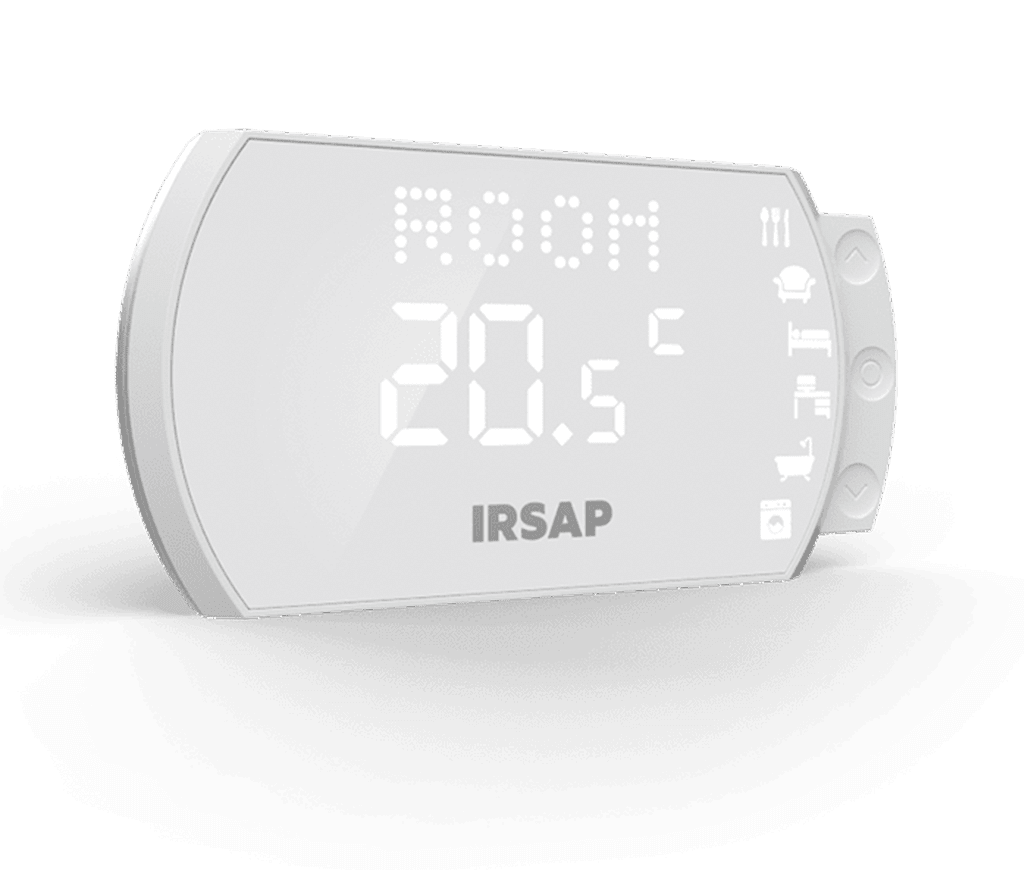
Smart Thermostat
Replace your traditional thermostat with our wireless smart thermostat with advanced functions to easily set the temperature and accurately measure the temperature, humidity level and air quality in your home.
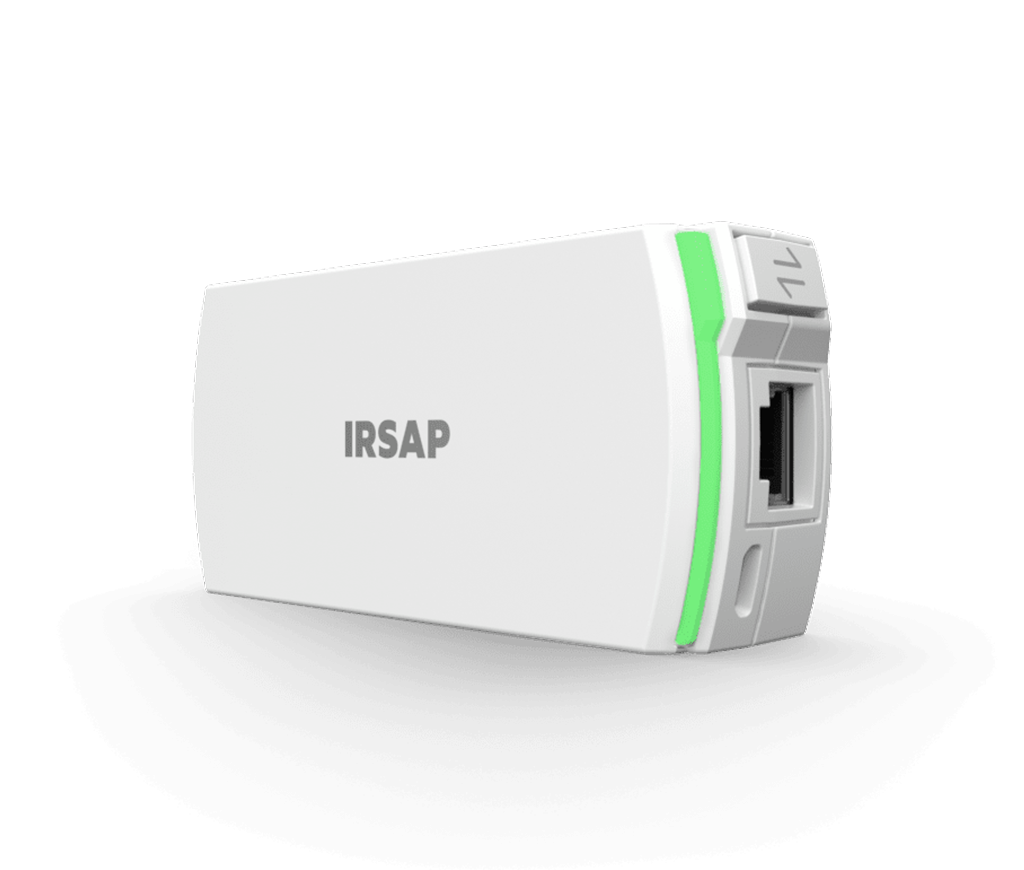
Connection Unit & Repeater
Multi-storey or very large house? Add a Connection Unit to be used in Repeater mode to extend the signal to all rooms and ensure proper communication with other devices in your IRSAP NOW wireless heating system.
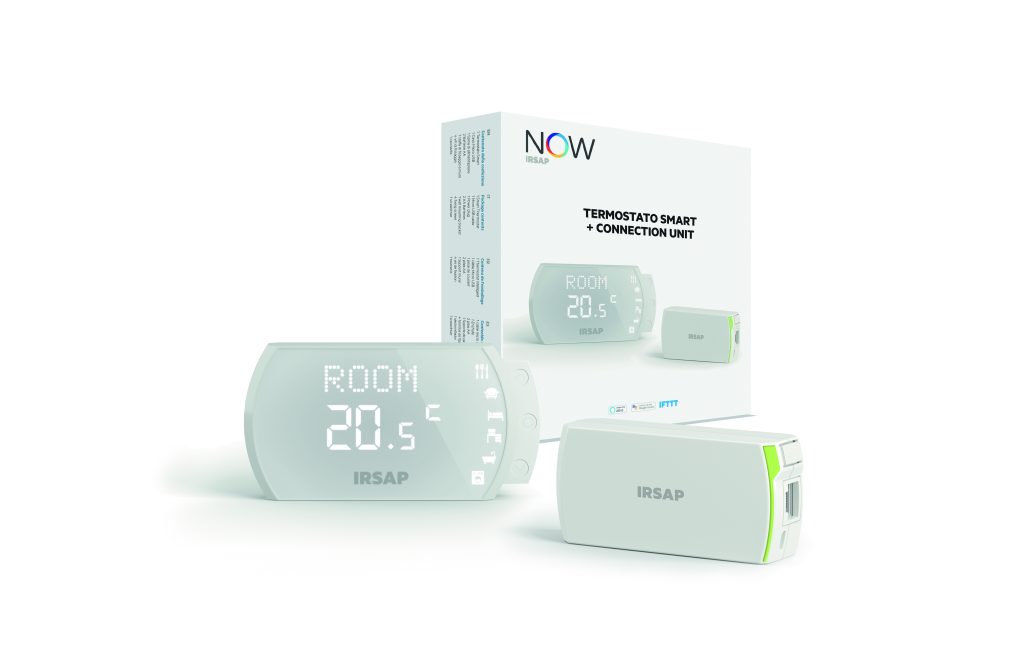
Smart Thermostat Kit
The IRSAP NOW smart thermostat kit is ideal to start experiencing home comfort with smart heating. The Smart Thermostat allows you to easily set the temperature of your home and accurately measure the temperature, humidity level and air quality inside your home.






